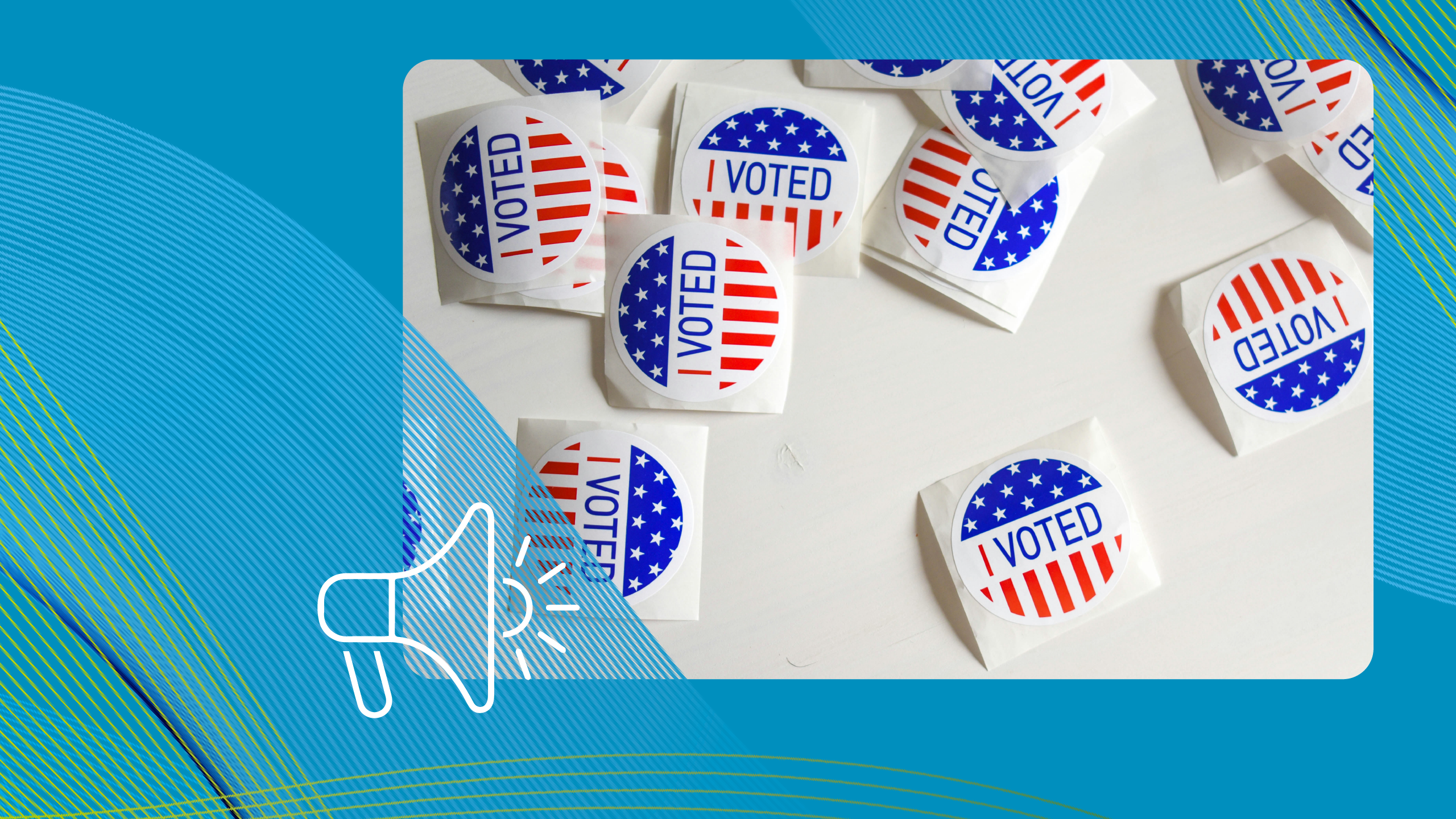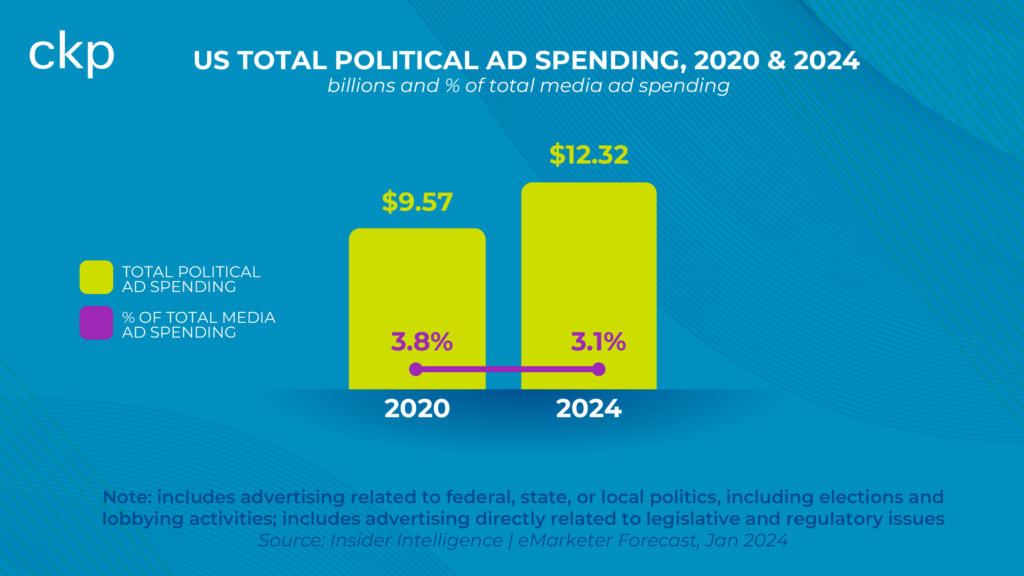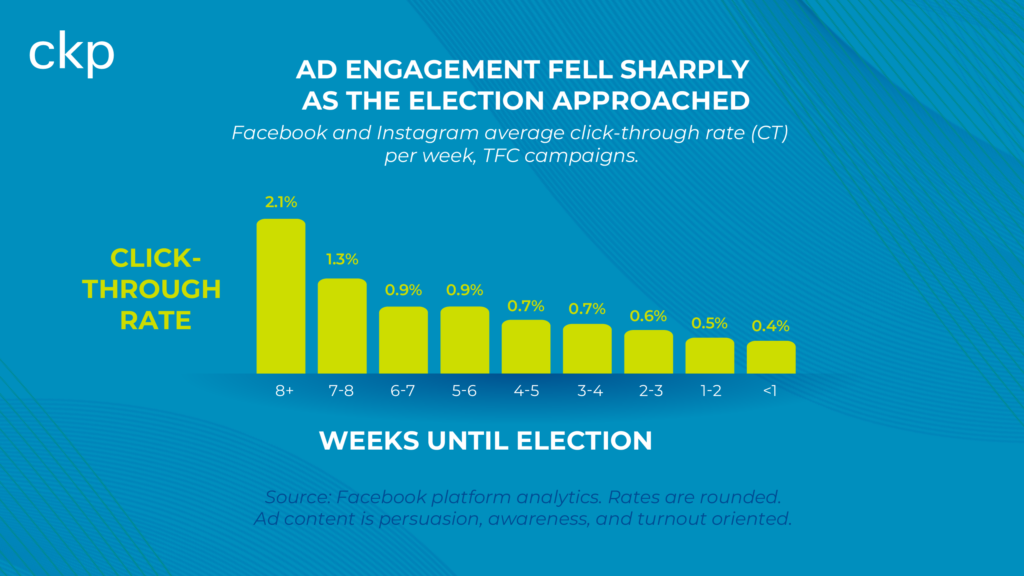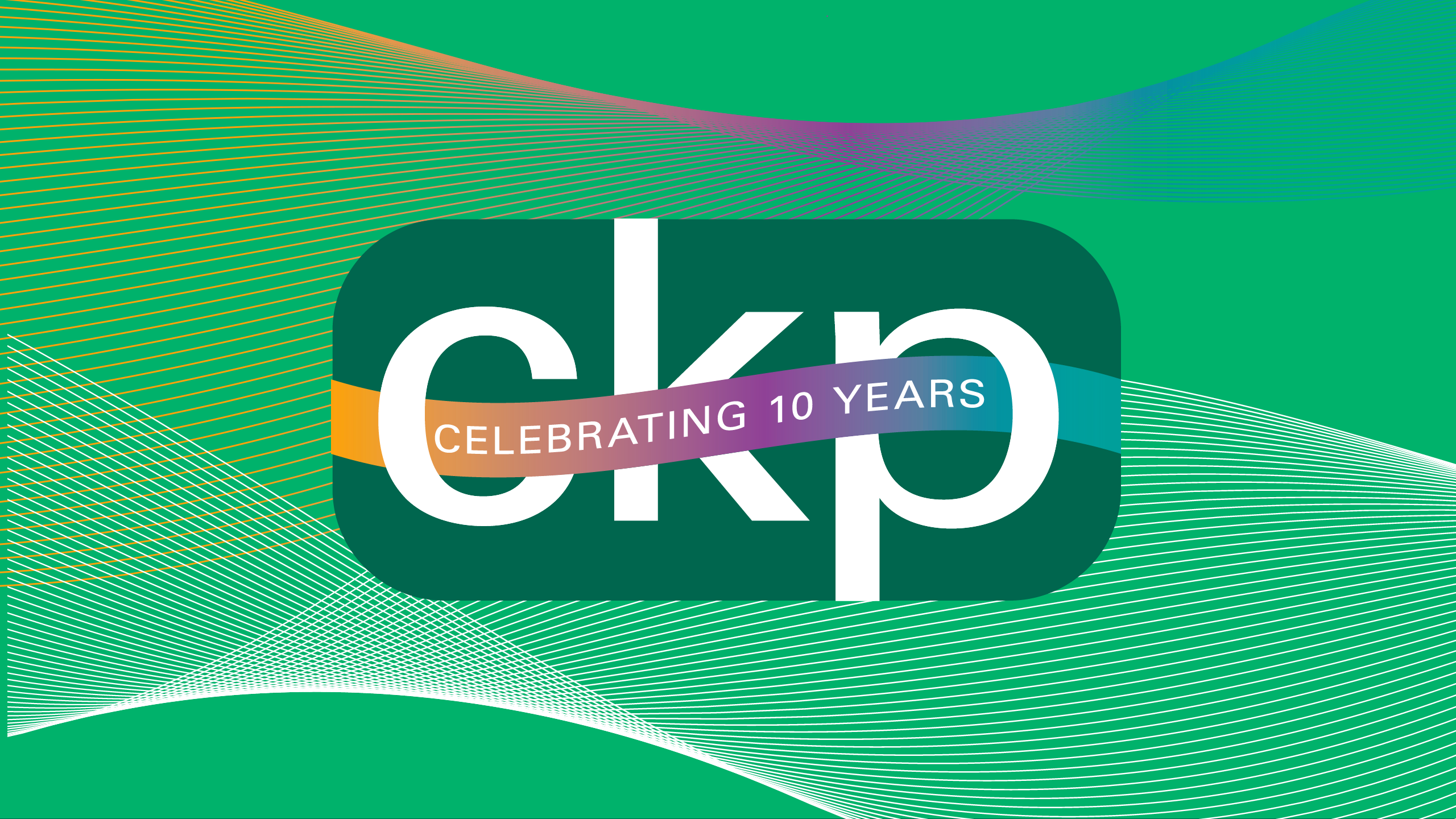Election Year Advertising: Smart Paid Media Tactics to Maintain Your Edge

Political election cycles aren’t just impactful for candidates and voters—they can drastically alter the paid media landscape, leaving businesses to grapple with skyrocketing ad costs, shifts in consumer attention, and increased competition for ad space. Whether you’re a small business owner or a seasoned marketer, understanding how a political year affects paid media strategies is crucial for staying ahead in a competitive market.
Imagine this: You’ve just launched a carefully planned digital campaign, but as the election season heats up, your ad costs soar, engagement drops, and your perfectly timed campaign gets lost in the flood of political messaging. Sound familiar? If so, you’re not alone. Every election year, brands across industries must rethink their advertising strategies to maintain visibility and cost-efficiency. But don’t worry—there are effective ways to navigate this challenging landscape.
In marketing speak, that’s ensuring you get a healthy Return On Ad Spend (ROAS).
Let’s break down how paid media strategies shift during a political year, what challenges arise, and how you can adapt your approach to ensure your brand’s message still resonates with your target audience. We’ll cover?
- The Cost of Competition: Why Ad Prices Soar in Political Years
- Attention Deficit: The Battle for Consumer Focus
- The Data Dilemma: Changes in Targeting Capabilities
- Navigating Key Political Events: When and Where to Advertise
- Local Media Spend: The Tug-of-War for Ad Space
1. The Cost of Competition: Why Ad Prices Soar in Political Years
It’s no secret that political campaigns have deep pockets. In 2020, political ad spending hit a staggering $9.57 billion in the U.S. Most of this money was funneled into digital platforms like Facebook, Google, and local TV, all key channels businesses rely on for visibility. With this much capital at play, political campaigns are willing to bid higher for ad space, driving up costs for everyone else.

Campaign Live anticipates that average CPMs will rise by 10% to 20% from August to November, compared to the seasonal monthly averages from the previous year.
Strategic Solution: Shift Focus to Alternative Channels
First, brands should consider shifting their ad spend to channels that aren’t as saturated with political ads. Platforms like TikTok or even Pinterest can offer more affordable advertising opportunities where political candidates haven’t fully saturated the space. Alternatively, leveraging organic marketing strategies, like search engine optimization (SEO) and content marketing, can help you maintain visibility without battling for ad space.
2. Attention Deficit: The Battle for Consumer Focus
A political year doesn’t just impact media costs. It also affects how audiences engage with ads. When consumers are bombarded with constant political messaging, it leads to “ad fatigue,” where people are simply too overwhelmed to pay attention to anything non-political. This is particularly challenging for brands that rely on high engagement metrics, as their carefully crafted ads can be easily overshadowed by campaign rhetoric.
But here’s the kicker: despite all the noise, people are still shopping, looking for services, and engaging with content. The key is cutting through that noise with hyper-relevant messaging.

Strategic Solution: Lean Into Relatable and Creative Content
Brands need to prioritize relevance and creativity to stand out during a political year. Consumers are more likely to engage with content that feels personal and authentic. Try experimenting with user-generated content, influencer partnerships, or even interactive ads to capture attention. Another option is to leverage emotional appeals—ads that tap into a person’s values, needs, or desires tend to resonate more, especially when people are fatigued from political discourse.
3. The Data Dilemma: Changes in Targeting Capabilities
One of the often-overlooked shifts in a political year is the stricter targeting regulations that platforms like Facebook and Google impose to prevent misinformation and maintain transparency in political advertising. For example, Meta has limited advertisers’ ability to target Facebook users based on certain political or social interests during election cycles. While these restrictions are aimed at political advertisers, they can inadvertently affect businesses using similar targeting parameters.
This presents a challenge for brands that rely on specific demographic or psychographic data to target their ideal customer base.
Strategic Solution: Focus on First-Party Data
Now more than ever, brands should prioritize collecting and using first-party data—information directly from customers via email lists, website interactions, and loyalty programs. Building your own database of customer insights ensures you have full control over how you target your audience, even when platforms tighten their restrictions. Email marketing, in particular, becomes a powerful tool during political years when digital ad targeting becomes less reliable.
4. Navigating Key Political Events: When and Where to Advertise
A political year is marked by major events—debates, conventions, and election nights—that dominate media coverage and public attention. Brands that fail to plan around these key dates risk having their ads overshadowed by the sheer volume of political discourse. This can severely impact the performance of campaigns launched during high-stakes political moments.
For instance, a restaurant advertising a special promotion on Election Night might see reduced engagement as potential customers are too preoccupied with election results to care about dining out.
Strategic Solution: Plan Your Media Buys Around Political Peaks
In a political year, timing is everything. Brands should strategically plan media buys to avoid running major campaigns during key political events. Instead, look for windows of opportunity—those quieter moments when political messaging is less dominant, allowing your ad to have a clearer impact. Platforms like Nextdoor or local radio may also offer less competitive environments during these periods, helping you reach local audiences more effectively.
5. Local Media Spend: The Tug-of-War for Ad Space
Political campaigns focus heavily on local markets, particularly in swing states or battleground areas. This influx of political dollars in local advertising, especially on TV, radio, and even digital billboards, can squeeze out local businesses, making it harder for them to gain visibility in their own backyard.
In some cases, political campaigns will even reserve ad space months in advance, leaving little room for other advertisers to compete.
Strategic Solution: Hyper-Local Targeting and Programmatic Buying
To stay competitive in a politically charged local market, consider hyper-local targeting that zeroes in on specific neighborhoods or zip codes. This allows you to reach your core audience without wasting impressions on areas heavily dominated by political campaigns. Additionally, programmatic ad buying can help you find undervalued ad inventory in less saturated markets, ensuring your brand still gets noticed without breaking the bank.
How to Adapt Your Paid Media Strategy During Election Cycles
Election years can be a minefield for businesses relying on paid media. However, with careful planning, creativity, and a willingness to adapt, it’s possible to navigate the challenges and come out ahead. By shifting ad spend to less crowded platforms, leaning on organic growth channels, leveraging first-party data, and strategically timing campaigns, your brand can maintain its visibility and effectiveness even during the most competitive election seasons.

Jordan is a results-oriented media strategist who combines analytical insights with creative thinking. He’s known for his ability to uncover key details that make campaigns thrive.
More Blog Posts

Let’s be real—communication at work is kind of like a group chat. Some people over-share, some barely respond, and others...

Once upon a time, PR meant faxing a press release and hoping someone, somewhere, had paper in their machine. All...

Employee Appreciation Day, recognized on the first Friday in March, will be celebrated this year on March 7. It is...

1. The Power of Sustained Impression (Or: Stop Passing Out at First Dates) Let me tell you about a date...

